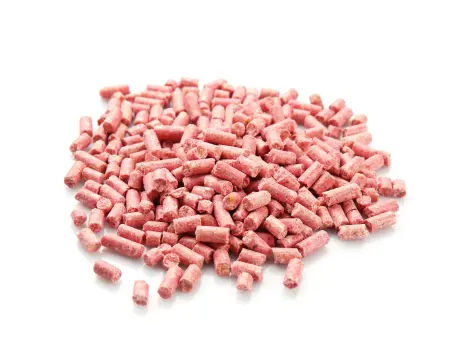Anticoagulant rodenticides toxicity in pets

Anticoagulant rodenticides are a common type of pest control product used to eliminate rodents. These substances work by disrupting the blood clotting process, causing uncontrolled internal bleeding. While effective against rodents, they pose a serious risk to pets if ingested, even in small amounts. Pets can be exposed through direct consumption of bait or secondary poisoning from eating affected rodents. Immediate action is crucial if exposure is suspected, as untreated cases can be fatal.